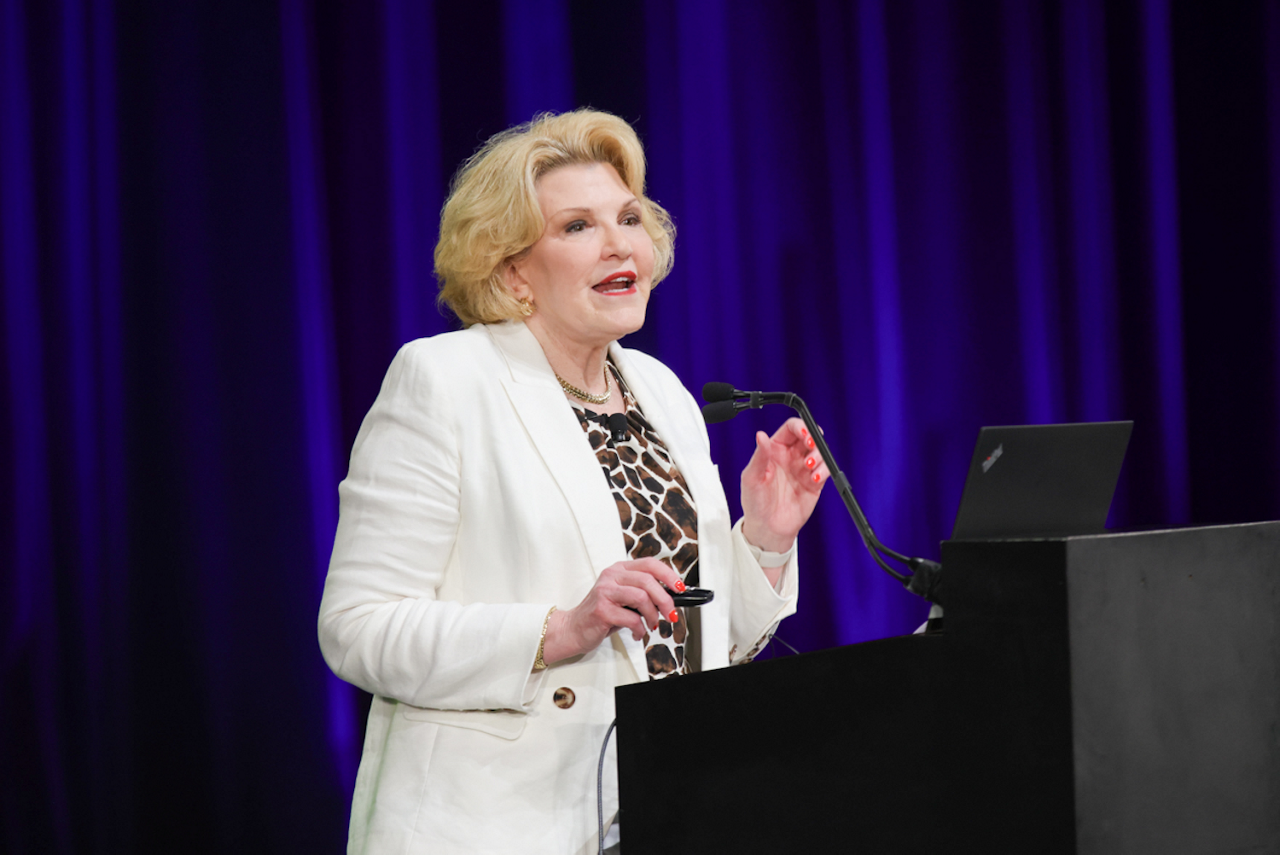Introduction
At [Company Name], we are committed to fostering a workplace that embraces equal opportunities for all, including an inclusive and diverse workforce. Our hiring practices aim to reflect our values of fairness, transparency, and merit-based selection, ensuring every candidate has equal access to opportunities. This policy aligns with SHRM’s BEAM Framework, emphasizing Belonging Enhanced by Access through Merit, to create a truly inclusive hiring process.
Purpose
The purpose of this policy is to establish guidelines for inclusive hiring that prioritize skills, qualifications, and merit. We aim to create a recruitment process that develops talent pipelines based on merit while eliminating bias in hiring decisions.
Guiding Principles
This policy is rooted in the following principles from SHRM’s BEAM Framework:
- Merit as the Primary Lens: Focus on measurable skills and performance to ensure decisions are merit-based.
- Access Over Identity: Expand recruitment efforts to connect with overlooked and nontraditional talent pools.
- Continuous Calibration: Utilize data and feedback to optimize hiring, retention, and promotions processes, ensuring an ongoing commitment to equal employment opportunity.
- Operationalizing Inclusion: Embed inclusion into every stage of the hiring process to align talent capabilities with organizational goals while promoting unbiased decision-making.
Objectives
Prompt: Tailor objectives to those that are most relevant to your organization.
Example:
The main objectives of this inclusive hiring policy are:
- To create a hiring process that is merit-driven and skills-focused.
- To ensure compliance with applicable federal, state, and local employment laws.
- To build a collaborative, innovative, and inclusive workplace.
Eligibility
Tailor eligibility according to how your organization’s categories of workers.
Example: This inclusive hiring policy applies to all recruitment efforts initiated by [Company Name]. It encompasses full-time, part-time, temporary, and contract roles across all departments and levels. HR professionals and hiring managers are responsible for ensuring compliance with this policy during every stage of the hiring process.
Note: This policy complies with all applicable local, state, and federal employment laws. Where local legislation exceeds these standards, compliance with local laws will take precedence.
Hiring Process
Adjust the process depending on your organization’s specific hiring steps and processes. If you don’t do panel interviews, for example, adjust that section as needed.
Example
[Company name] aims to embed inclusion in every layer of its hiring process. That includes:
1. Job Postings
- Ensuring every job description is neutral and skills-focused, omitting any unnecessary criteria that may introduce bias.
- Posting job openings across a wide range of platforms, including those aimed at underrepresented groups, to maximize reach.
2. Blind Screening
- Removing identifiable information (e.g., name, gender, age, school affiliation) from resumes and applications during initial reviews to reduce unconscious bias.
- Leveraging advanced technology, such as AI-driven tools, to streamline the screening process and mitigating potential biases in candidate evaluation.
3. Structured Interviews
- Developing standardized interview questions focused on technical competencies, past experiences, and new perspectives that would enhance the workplace and business objectives.
- Ensuring inclusive interview panels with individuals with diverse perspectives.
4. Assessment
- Using skills-based assessments and simulated tasks to gauge a candidate’s abilities directly.
- Implementing unbiased AI tools for candidate screening where appropriate, ensuring data calibration to prevent bias in algorithmic recommendations.
5. Evaluation
- Implementing a structured scoring rubric to ensure consistency in candidate evaluations.
- Eliminating identity-based factors in the evaluation criteria.
Procedures
Use this section to detail any additional priorities or operating procedures that your hiring process includes.
Recruitment: [Company name] will partner with organizations and networks that focus on connecting employers with diverse talent pools, including veterans, individuals with disabilities, and justice-impacted individuals. Proactively build relationships with community groups, universities, and vocational programs to tap into nontraditional sources of talent.
Training: [Company name] will provide training for hiring managers to recognize and mitigate bias during the recruitment process. Courses in unconscious bias, cultural competency, and inclusive leadership should be mandatory for hiring managers.
Accessible Communication: All recruitment content, from job descriptions to interview schedules, must be accessible, clearly written, and easily understood. Provide materials in multiple formats (e.g., large print, screen-reader friendly) to accommodate applicants with disabilities.
Ongoing Evaluation: [Company name] will analyze data from each hiring cycle to identify patterns, address gaps, and continuously improve the inclusivity of the process. It will also review recruitment trends and team performance to identify potential areas for improvement. Regularly audit hiring outcomes to confirm alignment with business goals.
An organization run by AI is not a futuristic concept. Such technology is already a part of many workplaces and will continue to shape the labor market and HR. Here's how employers and employees can successfully manage generative AI and other AI-powered systems.



